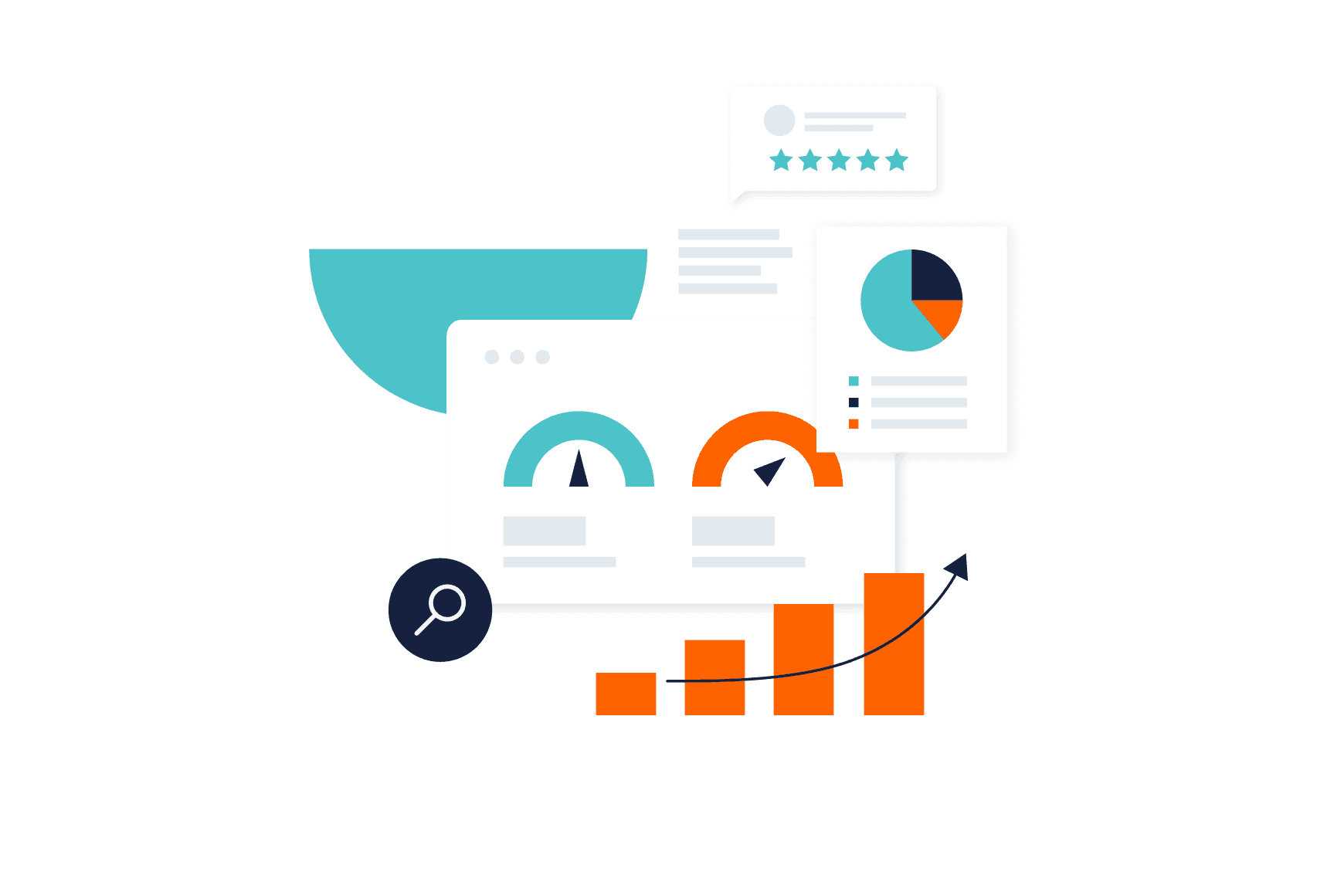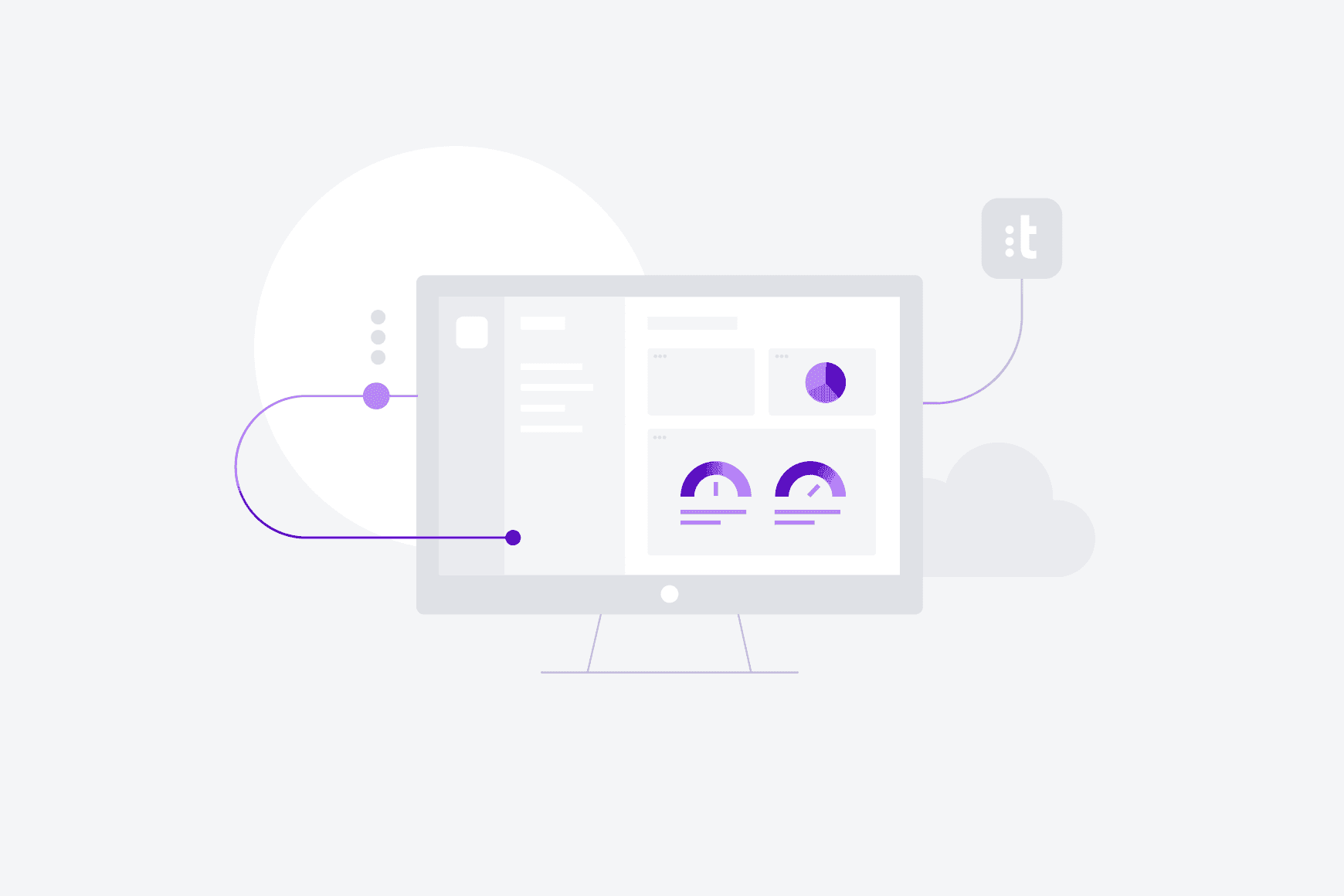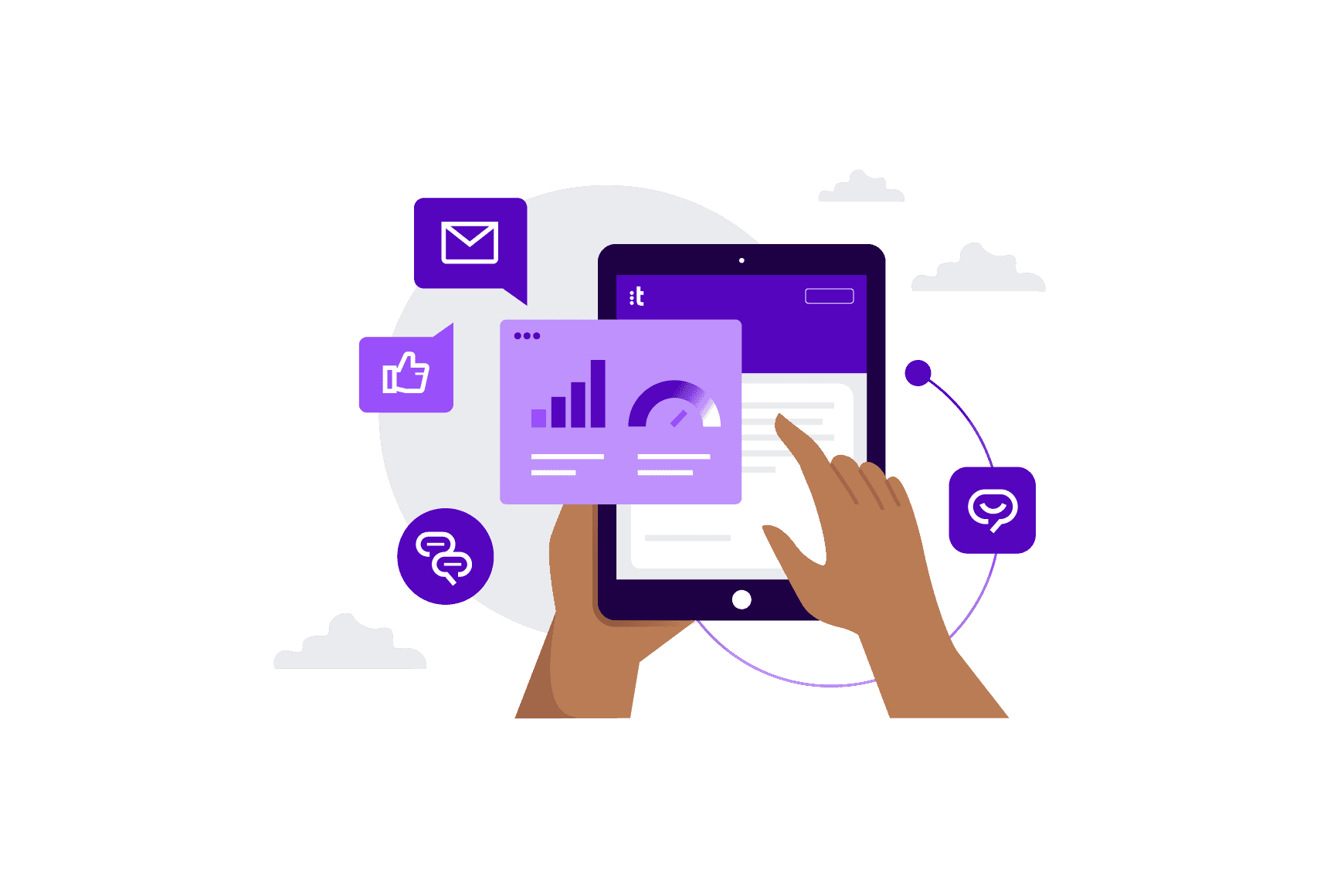Contact Center Trends
10 KPIs that Affect Customer Satisfaction with Call Center Service

Customer satisfaction is critical; it can determine the success or failure of any company. According to a review published by a Purdue University professor, the single most important factor in determining a customer’s level of satisfaction with a company is their interaction with the call center [1]. This is because 70% of all customer interactions are handled in call centers [2].
The call center is usually the frontline of the customer’s experience, and many times may be the only human interaction with the company. It is therefore imperative that call center KPIs associated with customer satisfaction should be continuously measured in order to accurately assess the performance of your company.
The importance of analyzing contact center metrics when assessing the effectiveness and efficiency of call centers is obvious; however, not all KPIs are as reliable indicators of customer satisfaction as others. A study conducted with 512 call centers from 6 different industries analyzed the impact of 10 KPIs on customer satisfaction [2]. Below is the list of KPIs ranked in order by affect (largest to smallest) on customer satisfaction.
1. First call resolution
The percentage of calls that the agent completely addresses the customer’s needs without having to transfer them or call them back. Companies should allocate funds necessary to effectively train agents, invest in knowledge bases and give agent incentives designed to improve FCR. Additionally, skills based routing and IVR systems will ensure that the most appropriate agent receives the call, thereby increasing FCR.
2. Percentage of calls blocked
The percentage of callers that received the busy tone when they call. A company can decrease the percentage of calls blocked by ensuring that they have a call queue system that is sufficient to handle periods of large call volumes. Additionally, call center software that offers their callers the option to leave a voicemail when all agents are busy ensures that they do not ever receive a busy signal or waste time in a lengthy call queue.
3. Average time in queue
The total time callers wait in call queues before an agent responds divided by the total number of calls answered by agents. Companies can reduce the average time in queue by adequately staffing their call center, ensuring that more agents are working during high volume call times and providing their agents effective tools to handle callers waiting in a queue in a timely manner. They should provide agents with real-time analytics allowing them to prioritize the calls they answer from the queue based on length of time waiting, customer value to the company or other pre-defined rules.
4. Average after call work time
The time an agent spends completing a transaction after the caller has disengaged. Call center software that integrates with your company’s CRM, back office solutions and helpdesk will allow your agents to access and update information in all your systems from one interface. This will reduce average after call work time and also ensure that your entire team will have access to comprehensive, accurate information at any time.
5. Service level
The percentage of calls answered within a specified number of seconds. Call center software that visually displays this information in real-time to both agents and managers can increase service level by increasing the team’s awareness on how they are performing on this KPI.
6. Average abandonment rate
The percentage of customers who hang up before reaching an agent. Companies can decrease average abandonment rates by providing agents with real-time analytics so they can prioritize the calls they answer from the queue based on length of time waiting. They can also allow the customer the option of leaving a voicemail when all agents are busy.
7. Employment turnover rate
The percentage of agents who leave the call center to work elsewhere. Managers can decrease employee turnover rate and increase service quality by ensuring that agents are well trained and closely monitored. Call center software that provides call monitoring, call recording, and call barging can allow managers to effectively monitor their team’s quality of customer service provided, ensuring that agents are well trained and customers are happy.
8. Average speed of answer
The average time it takes for the call to be picked up by the call center’s ACD. This can be decreased by ensuring that your company utilizes call center software that has an effective and efficient ACD. Additionally, ensuring that the algorithm used to route calls to the appropriate agent is always up to date is an important step in reducing the average speed of answer.
9. Average handle time
The elapsed time from when an agent answers a call until the agent disconnects. The average handle time can be decreased by thoroughly training agents, ensuring that the call is routed to the most appropriate agent using skills based routing, using call center software that integrates with helpdesks and CRMs and continuously monitoring for agent inefficiencies.
10. Adherence to schedule
A measure of individual performance defined by: (handling time + available time)/(paid hours). It is a measure of how efficient an agent is in handling calls. This can be maximized by proactively identifying inefficiencies, increasing agent knowledge base so that they can more effectively solve problems, and providing integrations with helpdesk and CRM software so that all of the pertinent information is readily available.
Customer satisfaction is essential for any company, particularly those where the call center is at the frontline of most customer interactions. Measuring KPIs that are associated with customer satisfaction should be the main objective of any manager looking to optimize call center effectiveness. It is imperative to ensure each caller has a positive experience with your company. Each call has revenue potential, every caller can relay their experience with your company on social networks and each interaction has the potential to make your business more or less profitable. You only have one chance to make a first impression, and that first impression can make or break your company.
References:
[1] Anton, J. (2000) “The past, present and future of customer access centers”, International Journal of Service Industry Management, Volume 11, Number 2, 2000 , pp. 120-130(11).
[2] Feinberg,R., Hokama, L., Kadam, R., Kim, I. (2002) “Operational determinants of caller satisfaction in the banking/financial services call center”, International Journal of Bank Marketing, Vol. 20 Iss: 4, pp.174 – 180.

![[object Object]](/it-it/_next/image/?url=https%3A%2F%2Fcms.talkdeskqa.com%2Fapp%2Fthemes%2Ftalkdesk-com%2Fassets%2Fimages%2Flogos%2F&w=3840&q=50)
2020 Talkdesk Contact Center KPI & Benchmarking Report.
Download now to learn more about:
- The role and value of contact center KPIs
- 5 most relevant inbound contact center KPIs and how to establish benchmarks
- 10 steps to define your contact center KPIs


